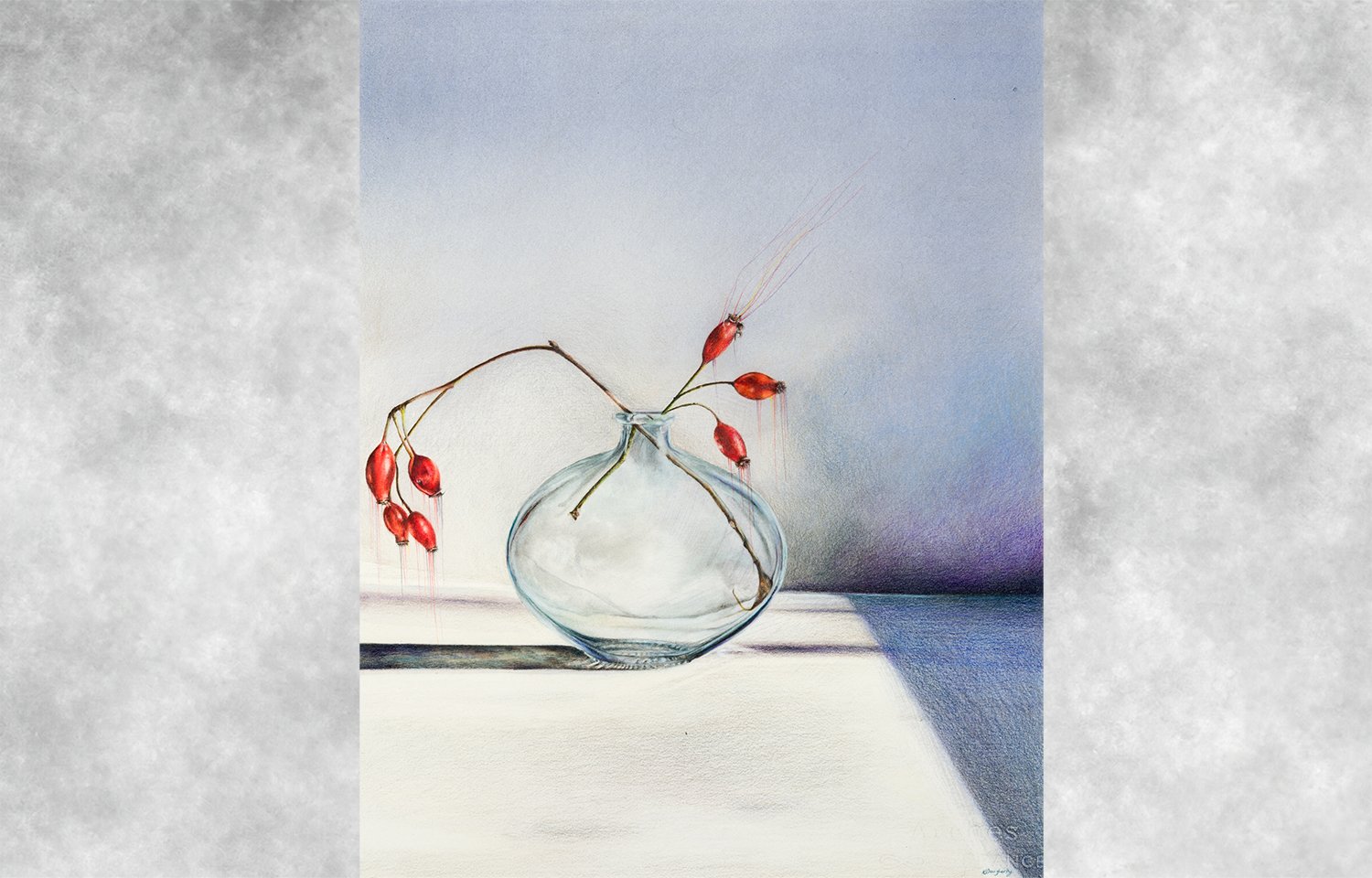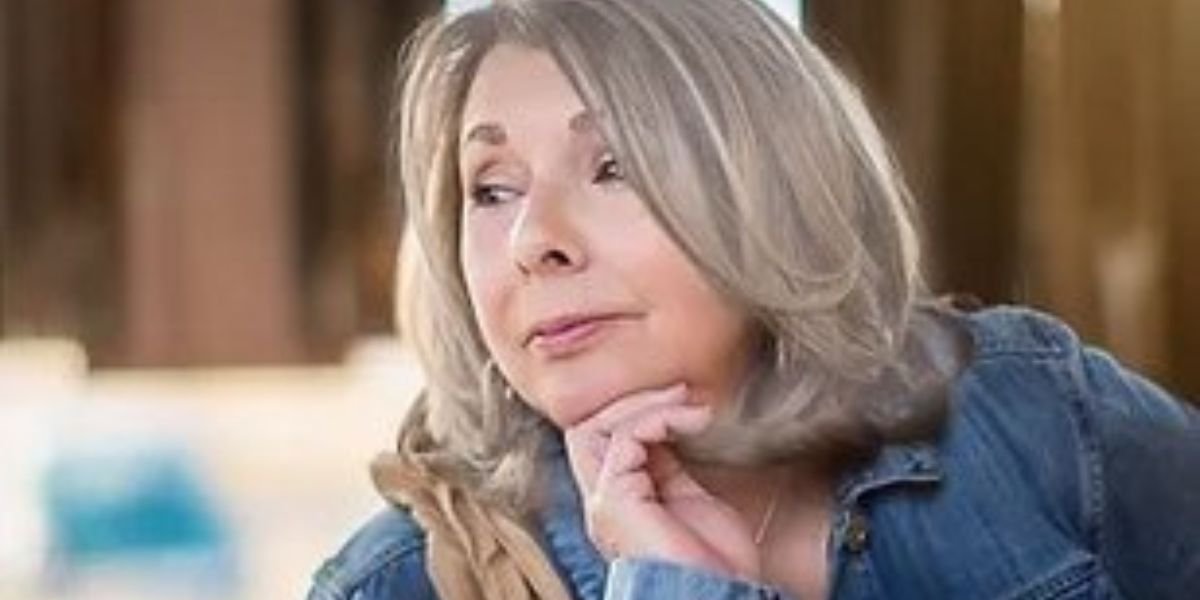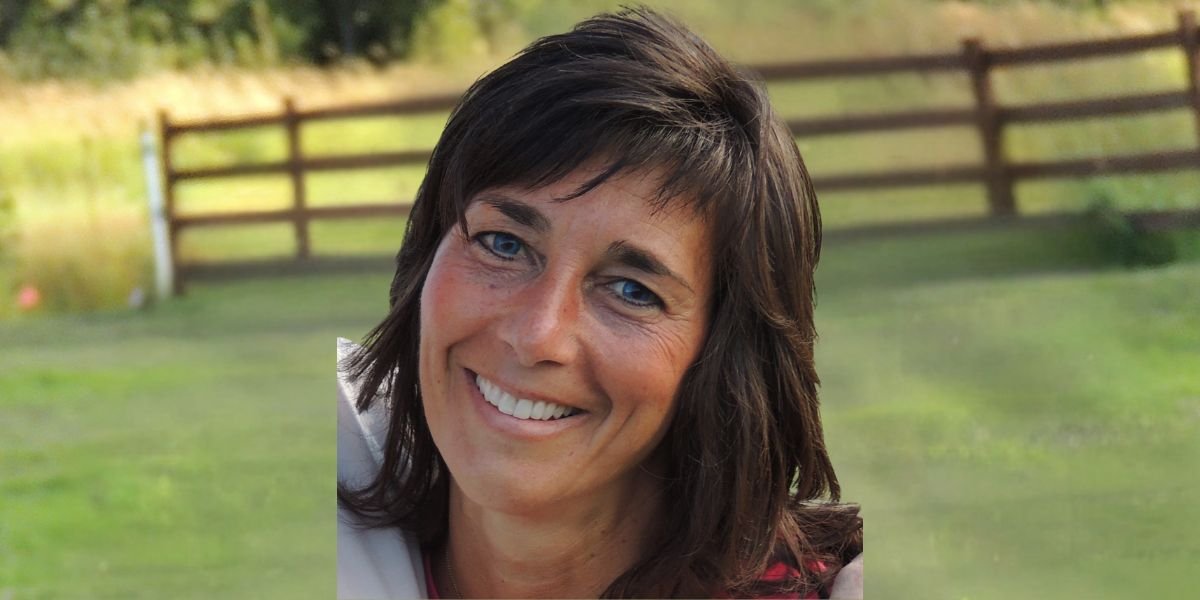The Art of Connection – Louise Dougherty’s Dialogue with Nature

Through overlooked objects and Norfolk’s landscape, Dougherty builds narratives of place, memory, and personal history
Louise Dougherty delves into her artistic process, shaped by nature, memory, and thread, offering insight into how landscapes and overlooked objects inform her deeply personal and meditative work.
Louise Dougherty‘s work speaks deeply to the harmony between nature and the human experience, weaving intricate connections between landscapes, memory, and the passing of time. Her artistic journey, rooted in the Norfolk countryside, is both personal and universal, capturing the quiet beauty of overlooked objects and the expansive narratives found in nature. Through her meditative practice, which often begins with simple walks, Dougherty creates a bridge between the macro and micro worlds, revealing the profound in the seemingly mundane. Her pieces invite viewers into these landscapes, urging them to look closer, to reflect on the delicate interplay of memory and environment.
A celebrated artist, Dougherty’s body of work is as diverse as it is thoughtful. Her exploration of themes like connection, movement, and the use of thread speaks to a deep sense of matriarchal lineage and personal heritage. Whether through her use of vivid color or her symbolic integration of thread, Dougherty’s pieces are imbued with a sense of continuity and balance. Her exhibitions at prominent galleries and her recognition as a finalist for the 2024 Women in Art Prize underscore her significant contribution to contemporary art. Each new work reaffirms her status as a masterful storyteller, merging artistic vision with the quiet power of the natural world.
Dougherty’s profound ability to fuse personal history with natural beauty makes her a compelling, transformative voice in contemporary art.
In this interview, Dougherty reflects on the symbiotic relationship between her art and the landscape that surrounds her, offering insights into how walking, memory, and small discoveries shape her creative process.
Your work beautifully captures the contrast between the macro and micro worlds. How does this duality shape your artistic process, and what draws you to explore these opposing perspectives in nature?
Some days I look up. Some days I look down. There is not a decision to do either but an emersion in nature, gradually a focal point will demand attention. This varies from the expansive skies to tiny shells. I walk, photograph and collect in the initial stages and it is my physicality that shows the difference of my focus. Am I looking out and beyond or foraging with magpie tendencies? Eventually I migrate to my studio, where drawing and painting becomes my meditation. It is irrelevant the scale I am exploring as I intensely try to understand landscapes within landscapes. Exploring the macro and micro worlds allows fluidity of response and the opportunity to understand the essence of the object, the space and how I find meaning and connection.
You speak of the Norfolk landscape as a central influence, particularly in how it has shaped your sense of connection, memory, and time. How do these elements come through in your work, and how do they evolve with each new piece?
Norfolk has a transient landscape of quietly undulating landscapes and expansive skies. When working on Haddiscoe Island I deeply connected to childhood haunts. I was in awe of significant life events and I was able to feel how time had shaped me but the landscape allowed a link to the past. A grounding and re-connection discovering how to paint both my past and present. I find the landscape exhilarating, ever changing and rich in inspiration. Recent works have explored deep tractor tracks on a field as a metaphor for female choices concerning careers and motherhood. Norfolk holds my roots and allows me to flourish.
The act of collecting overlooked objects during your walks seems to play a crucial role in your practice. Can you elaborate on how these found forms inspire your work and help you create a deeper connection to the places you explore?
When walking, my pockets inevitably gain objects. In the studio I try to work out why these objects call out to me. Invariably it is due to colour, overlooked beauty, delicate balances of broken, a reminder of the past or a way to record so as not to forget. ‘Listen’ was inspired by glorious roe hips and how they were cut down and left on the path where I walked. An abundance of winter food for birds, culled. I couldn’t let their beauty be forgotten, so I recorded them into memory. Finding these quietly discovered objects makes me truly understand a place, all the individual objects that create the whole.
Colour appears to be an essential element in your creations. How do you approach the exploration of colour in your work, and what do you hope to convey through the hues and tones you choose?
Colour is fundamental. My choice of colour is intrinsically linked to the landscape or objects I am studying. I have to delve further into what makes this colour unique. How do shadows or light change the integrity of the painting? Layers, transparency and opacity are essential to my colour understanding. Landscapes allow exploration of multiple layers creating a myriad of hues within individual colours whilst remaining true to the landscape. Colours call out to me and I help my viewer to discover the colours within.
Your use of threads in your art is not only a formal choice but also a cultural and personal symbol. How does the concept of ‘Thread’ represent matriarchal connections, and how do you see this element evolving in your practice?
My Nanny and Mum knit. But I paint. I wanted to create connection to them and their heirloom craft. My matriarchal roots enhance my themes of female experience and disruption. Thread creates a tapestry richer than paint or drawing alone. I use physical thread or finely painted threads. Threads and colour are intrinsically linked. My hand painted threads are a story of all the colours that make up an object. How they allow the viewer to explore the journey of the whole colour. Physical threads that I sew into paper or attach to paintings really explore masculine and feminine domains. Threads disrupt the edge and challenge grid formats. As a contemporary Artist I am concerned by imbalance. Thread is a direct challenge and a guiding light to the evolution of equality. Continuing to explore thread will allow further discussion of movement, entanglement and ultimately deep mediative connections.
Walking seems to be a meditative and integral part of your process. How does physically traversing the landscape influence the work you create, and how do these walks contribute to the themes of time, memory, and place in your art?
Walking is the inspiration and the daily ritual. I connect and reconnect to specific landscapes as I work with them. I absorb atmosphere and visit at different times to explore subtle changes. Walking is my reset if studio work has become uninspired. Walking allows thoughts and space to coexist. I walk childhood pathways, ‘secret’ lanes, woods, fields as well as public pathways. Most of my work is site specific. But altering the atmosphere it allows the painting to feel personal, almost remembered, as a path the viewer may have walked. My work invites the viewer to walk with me to discover a spiritual mediation and deeper connection to our environment.












